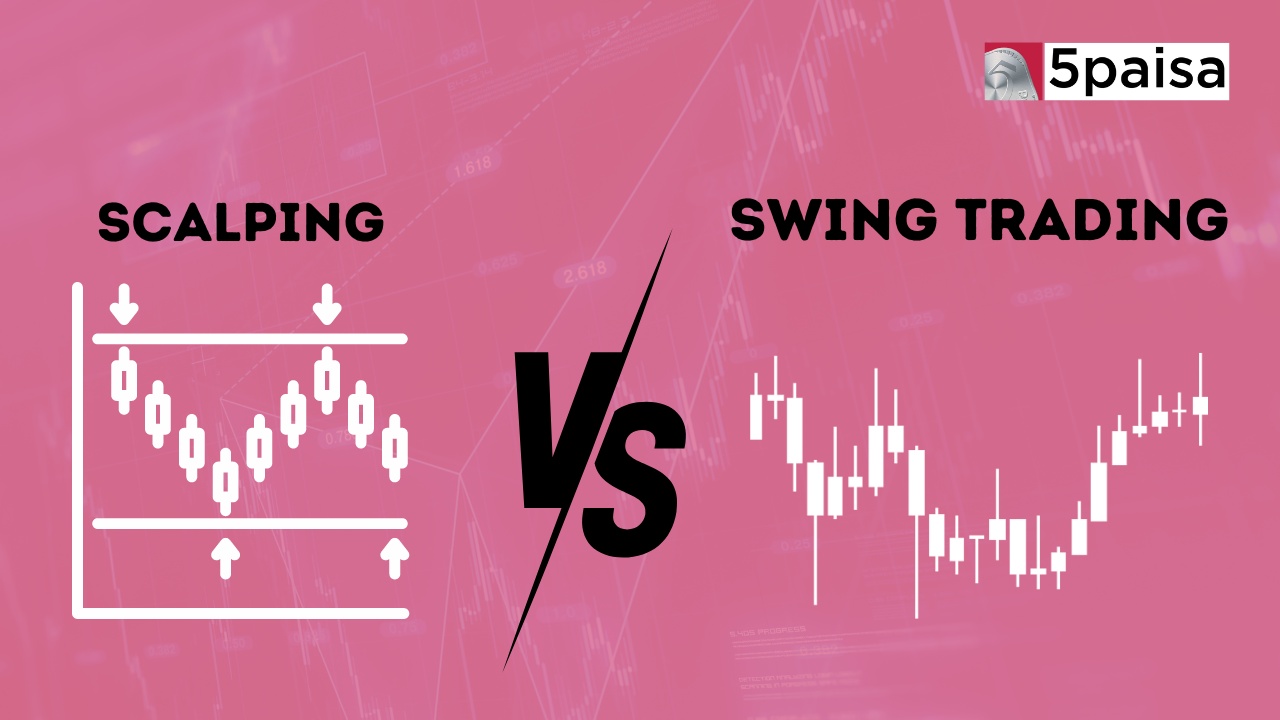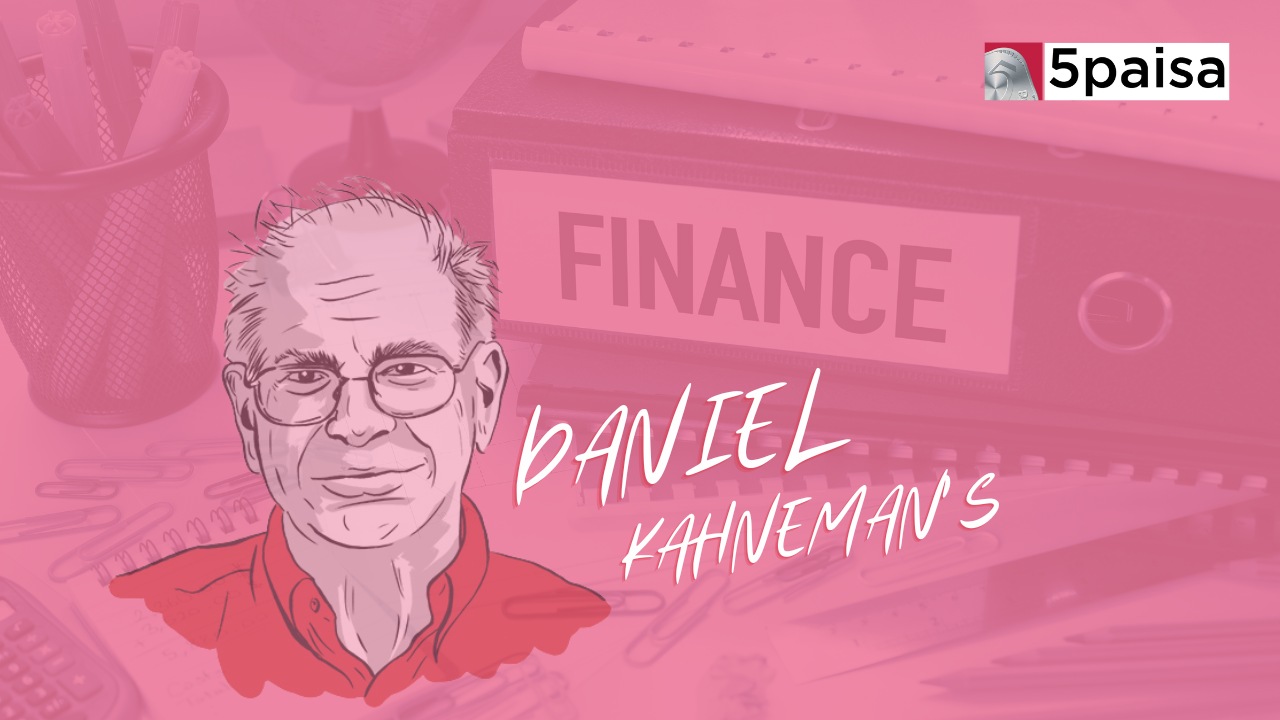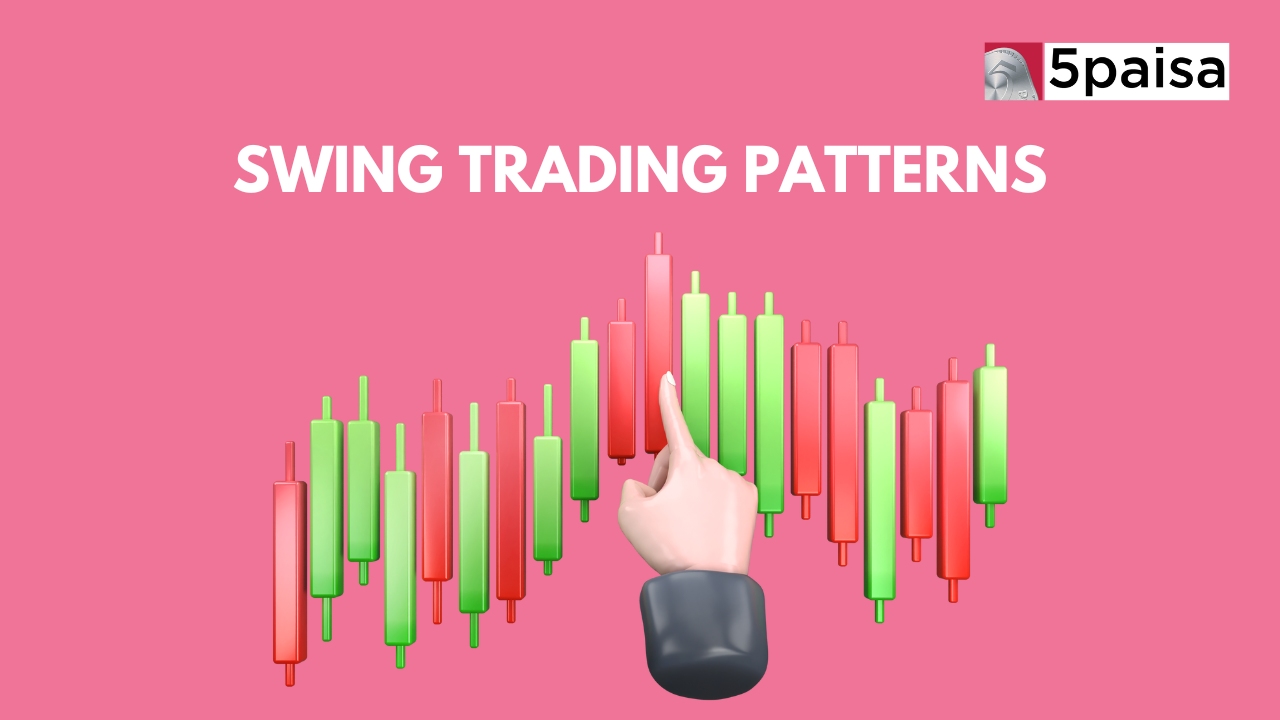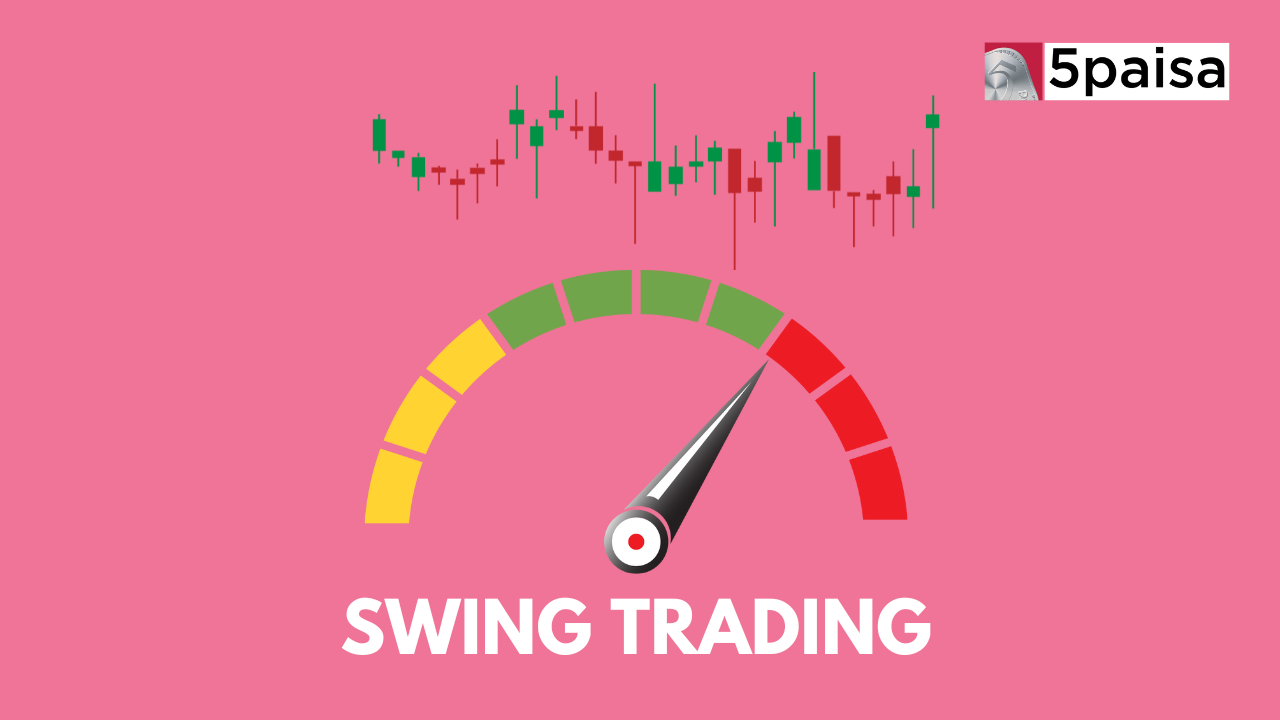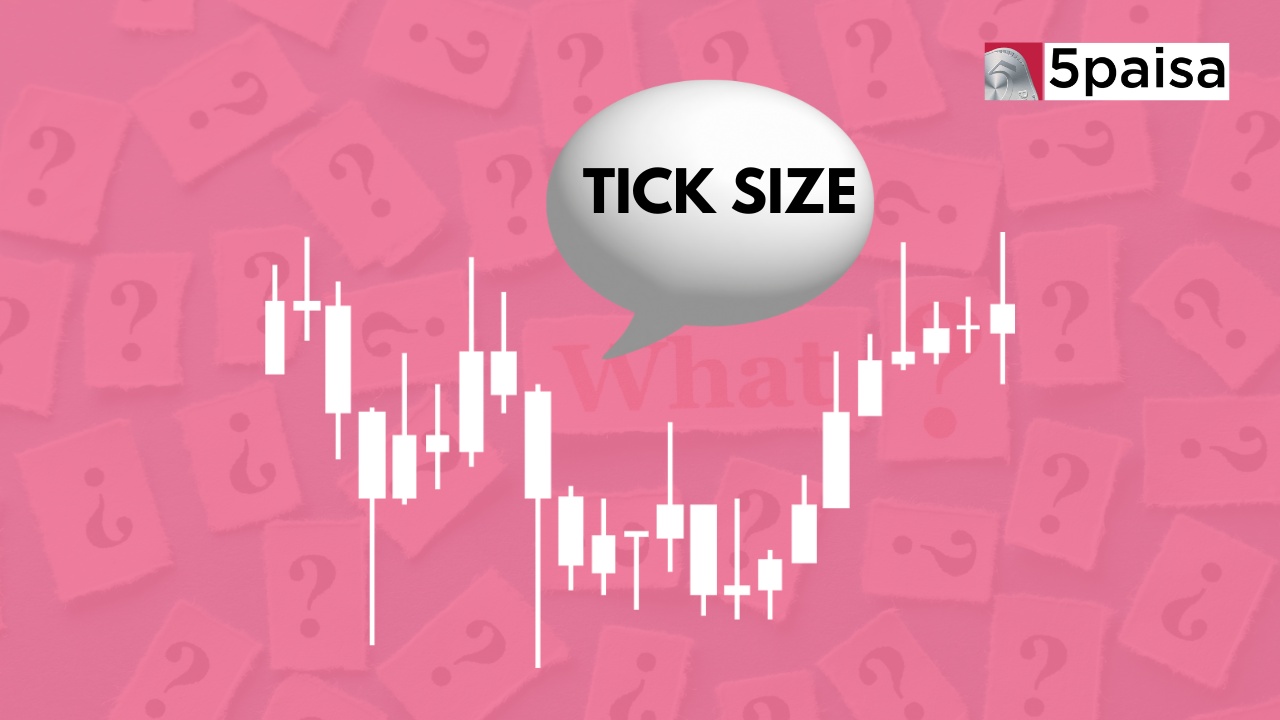The Concept of Economic Moat in Evaluating Stocks
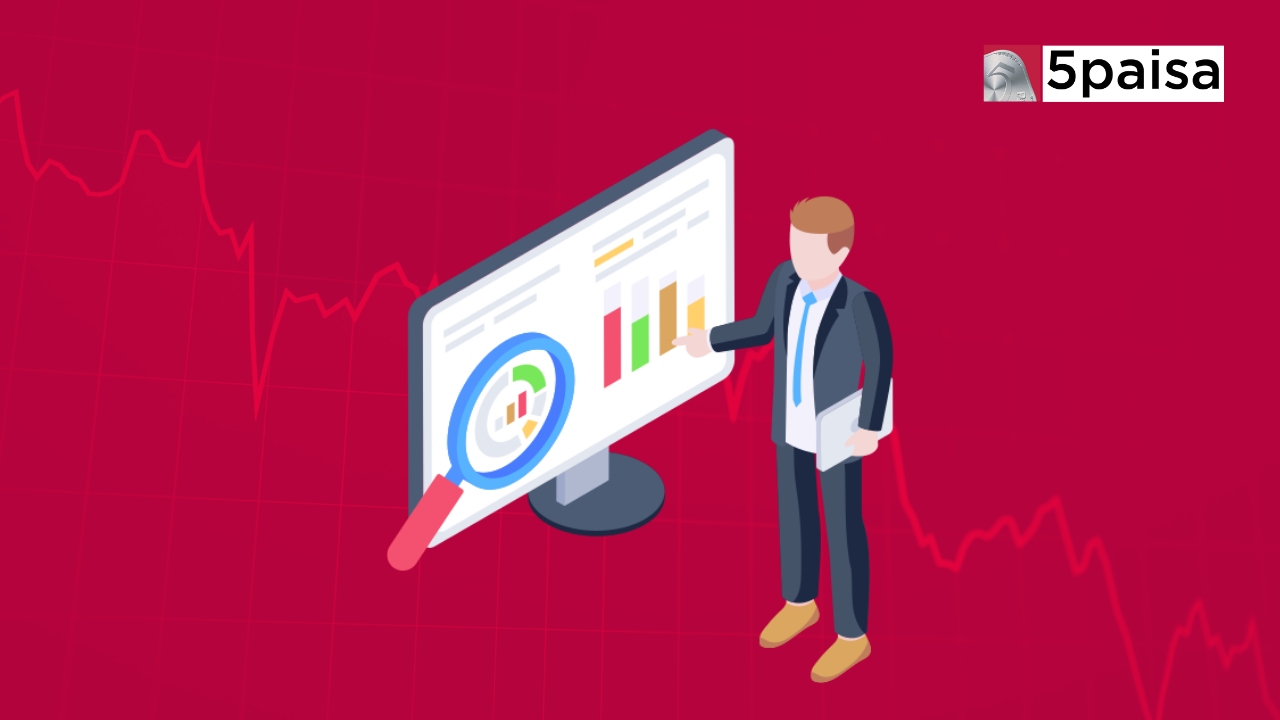
The last decade has seen a large number of retail investors enter the Indian stock market. The digitisation of the country’s financial system, coupled with the fact that almost anyone can now open a demat account at the click of a button, has meant that the average retail investor can now dabble directly in the stock market just as any seasoned investor with a large pile of cash.
In other words, if you know how to invest, which stocks to bet on and how long to stay invested for, you are as good a stock investor as that superstar investor you may have read about in the business papers or seen on the covers of business news magazines. And for every successful investor that you hear of in the media, there are at least a dozen others that are going about reaping their profits quietly, not concerned with hogging the limelight.
But sadly, the other side is equally true. For every investor who has made money in the market, there are a dozen who have lost money. This is because most people are bad stock pickers. They simply do not know how to choose the right stocks that can make them money in the long term and often end up burning their fingers. They lose money because they forget the first dictum of wealth creation—building wealth takes time, patience, skill and some luck.
So, as an investor, what are the parameters you should set while choosing stocks for long-term wealth creation?
Ace investors say that people should invest in stocks with a wide economic moat.
What is an economic moat?
The dictionary meaning of the word ‘moat’ is a deep ditch filled with water that’s dug around a building to prevent it from invaders or external attackers.
The concept of an economic moat has become popular thanks to people like Warren Buffett, the billionaire boss of Berkshire Hathaway and one of the world’s best-known investors.
When it comes to stock investing, a company’s economic moat is what gives it a competitive advantage vis-a-vis its competitors.
Basically, the ‘moat’ is the edge a company enjoys over its competitors. A company with a strong moat enjoys pricing power over its rivals and, therefore, remains hedged from its competition for a considerable period of time.
How to identify a business with an economic moat?
There are two major factors an investor should consider while trying to identify companies with an economic moat.
Market size
A company with a strong economic moat tends to stay ahead of their rivals when it comes to revenues, profits and market share. In fact, their toplines and bottom lines typically keep going up irrespective of the prevailing economic conditions. This is what allows such companies to keep ahead of their competition.
Outperformance during an economic slowdown
When the economy is on a high, most companies, including those that are badly managed or have had an average track record, can deliver good performance. As they say, when the tide is high, all boats rise.
Companies with a strong economic moat, however, tend to perform well even when the economy is on a weak wicket. The performance of such companies tends to be better than most of their peers during an economic downturn.
In fact, this was starkly visible during the Covid-19 pandemic, when most companies performed poorly across the board. But in every major sector of the economy there were a few outliers that performed better than their peers, withstanding major economic upheavals. These companies typically were those that had strong economic moats.
Examples of companies with strong economic moat
There are plenty of examples, both in India and other countries, of great companies across sectors with a strong economic moat. Take Hero MotoCorp or Maruti Suzuki, for instance. Hero is India’s biggest maker of scooters and bikes while Maruti is the No. 1 carmaker. And they have retained a dominating market share for decades.
In the FMCG sector, Hindustan Unilever and Nestle are prime examples of companies with a strong economic moat.
Examples also abound in the technology sector. Microsoft is known for its Windows operating system that powers millions of computers; Apple has carved its name in stone with its iPhone smartphones and Mac computers; Amazon is the No. 1 company when it comes to e-commerce; and Netflix is the go-to app if you want to stream movies online.
Important things to know about economic moat
Companies with strong economic moats typically tend to have the following attributes:
1) A healthy growth in revenues and profits
2) Higher return on equity and return on capital employed numbers than their peers
3) Brand recall value of the company’s portfolio of products
4) An overall good market reputation
Apart from these factors, investors also tend to look at the overall sentiment prevailing in the market at the time of making the investment and during the period that they stay invested. Stock markets are, after all, driven by sentiments, and so the same cannot be ignored.
Conclusion
The emergence of online investing and the overall digitisation of the economy have made buying and selling stocks extremely easy. This has led millions of retail investors in India to come into the stock market and take a stab at trying to become wealthy.
But while choosing stocks, it is important the investors choose companies with a strong economic moat, that differentiates them from their peers and makes then resilient to economic downturns. Typically, only such companies tend to survive during bad times and come out as winners when the tide turns for the better.
 Sachin Gupta
Sachin Gupta Ruchit Jain
Ruchit Jain Tanushree Jaiswal
Tanushree Jaiswal